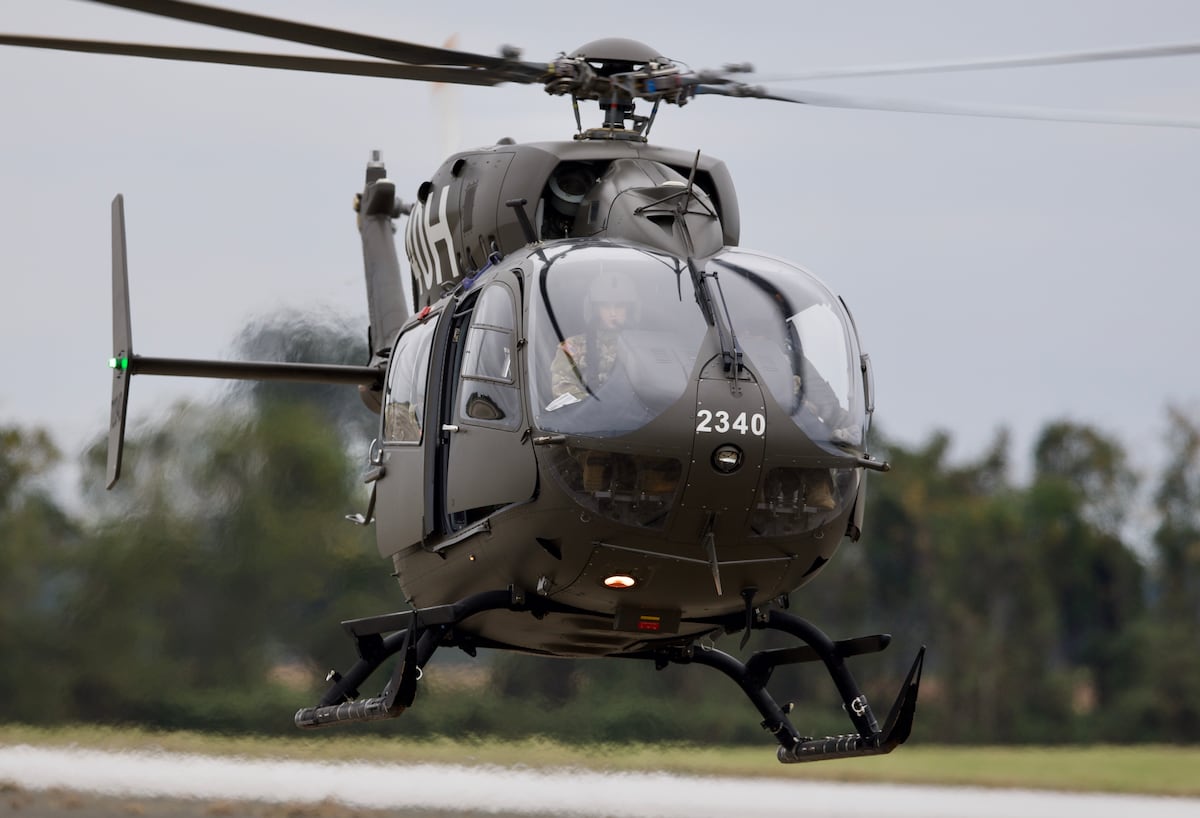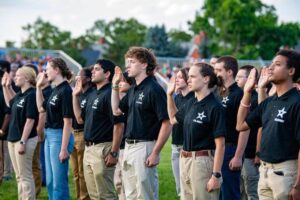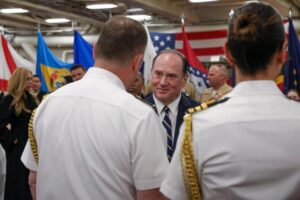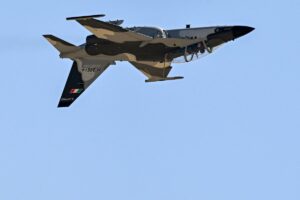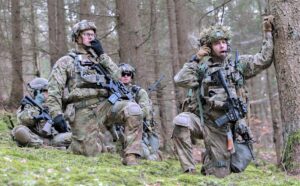Faced with a series of tragic military aviation incidents, the U.S. Army is embarking on a significant transformation of its pilot training methodology. This initiative aims to address safety concerns and improve training efficacy by revisiting fundamental aviation skills.
The proposed changes include a reassessment of the aircraft used in training and a potential move towards a contractor-owned-and-operated training facility. This shift is driven by a critical need to enhance the competence of new aviators. “I think I have one sacred responsibility and that is to deliver competent aviators to the government,” Maj. Gen. Clair Gill, commander of the Army Aviation Center of Excellence, remarked at a recent conference in Nashville.
Prompted by the January 29 collision between a UH-60 Black Hawk helicopter and an American Airlines jet, as well as numerous other aviation mishaps, the Army is keen on revamping its training protocols. This effort is part of a broader strategy to prioritize comprehensive safety and training culture, particularly at Fort Novosel, Alabama, where basic training is conducted.
Historically, the Army has faced challenges with inexperienced crews “out-driving their headlights,” according to former AACE commander Maj. Gen. Mac McCurry. The goal now is to bridge the growing experience gaps and enhance combat readiness in an increasingly complex operational environment.
Revising Training Aircraft
The decision to retire the TH-67 trainers in favor of the LUH-72A Lakota helicopters in 2013 has been a contentious issue. The Lakota, though advanced, is seen by some as too sophisticated for basic training needs. “It is a very good helicopter,” Gill noted, but its automated systems may aid students in ways that inhibit fundamental skill development.
Moreover, the maintenance of the Lakota presents logistical challenges due to its complex twin-engine design and reliance on overseas support from its manufacturer, Airbus. The cost per flight hour for the Lakota is nearly equivalent to that of the Black Hawk, prompting a re-evaluation of less expensive training aircraft.
A study by Boston Consulting Group suggested that transitioning to a single-engine trainer could save significant costs, and another analysis recommended a contractor-operated training model. The Army is further exploring these options to optimize training efficiency and cost-effectiveness.
Exploring New Training Models
In an experimental shift, the Army has initiated a pilot program with Robinson Helicopter, training some students in Florida using the Robinson R66 and the Federal Aviation Administration’s private pilot curriculum. This approach emphasizes gaining solo flight experience, deemed critical by Gill for developing skilled aviators.
The shift towards a COCO model, where companies manage training logistics, could alleviate operational burdens on Army leadership. “The brilliance of the COCO model is that it’s not my thing to worry about,” Gill explained. The focus would be on output—producing 1,350 pilots annually—while industry partners manage the specifics.
Companies like Robinson Helicopter and Textron’s Bell are actively vying for roles in this new training landscape, emphasizing the cost and reliability benefits of simpler helicopters like the R66. Bell’s Carl Coffman underscored the shift towards offering a service rather than merely selling aircraft.
Implementing Change
With an annual expenditure of $1.5 billion on its flight school, the Army aims to realign resources from operational to training hours as it phases out certain programs and reorganizes command structures. The Army plans to issue a draft request for proposals soon, with a view to operationalizing the new training model by fiscal 2027.
Gill expressed urgency in this transition, directing industry to expedite the establishment of the new training program. “We cannot do this fast enough,” he emphasized, highlighting the Army’s commitment to improving pilot training and aviation safety.

